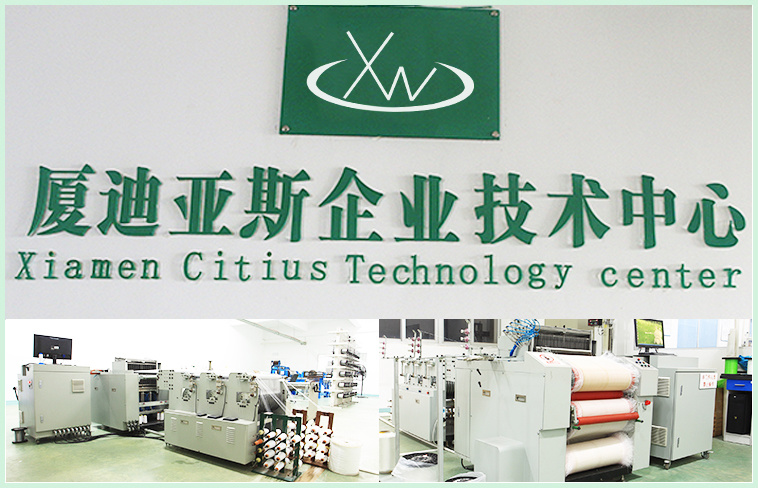-
FILTER FABRICSBelt press filter mesh belt Horizontal belt vacuum filter mesh belt Vertical filter press filter cloth Filter Press Filter Cloth Breathable mesh Technical fabric - drying Technical fabric - high pressure belt Technical fabric - conveyor belt Technical fabric - fiberboard Joint form Edge banding form Accessories (threading)
Search HistoryClear All Records
- All
- Product Management
- News
Using dynamic membrane cross-flow filtration for oil emulsions
Release time:
2022-06-23
First, install the microporous membrane AN450 (0.45μm) in the filter chamber No. 2 shown in the table, and then conduct a dehydration test on the emulsion containing 1% soluble oil using the dynamic membrane formed on this microporous support.
To form a dynamic membrane on the microporous support, the following pretreatment is required: first, wash with 0.0250% or 0.0500% colloidal silica 'Cab-O-Sil' (produced by Cabot Corporation in Boston, USA); then wash with 0.0250% or 0.0500% polyacrylic acid solution (produced by Rohm & Haas in Philadelphia, with the brand name Acrysol A3); finally, wash with a specially milled silica solution with a particle size of 3.0nm, or wash with Elvanol solution (which is polyvinyl alcohol, PVA, produced by Dupont in Wilmington, USA).
During the pretreatment process, it is necessary to record the flow rate of water. When the flow rate of water begins to stabilize, it is considered that the pretreatment time has been sufficient.
After pretreatment, dehydration of the oil emulsion can be carried out. At this time, measure the flow rate of the filtrate and perform hydrocarbon concentration analysis on the sample (IR analysis, i.e., infrared spectroscopy), and also conduct total extractable analysis using CCl4. The data for pretreatment used to form the dynamic membrane and for dehydration of soluble oil emulsions are shown in Table 2.
Conclusion
From the above experiments, the following conclusions can be drawn: compared to the microporous support that has not been pretreated, the dynamic membrane provides a more stable and higher flow rate of filtrate. The dynamic membrane behaves similarly to ultrafiltration membranes and effectively repels colloidal particles in oil. However, surprisingly, the untreated microporous support can also repel colloidal particles in oil. Clearly, this is due to the formation of a dynamic membrane on the microporous support as well. In other words, there is no pure microporous filtration; one should often consider issues beyond filtration.
Previous article:
The next one:

Add
No. 16-22 Chunfeng East Road, Xiang'an Torch High tech Zone, Xiamen City, Fujian Province, ChinaAll Rights Reserved. | Privacy Policy |

Tel/ WhatsApp

Anhui Kemi Instrument Co.,LTD
Cookie
Our website uses cookies and similar technologies to personalize the advertising shown to you and to help you get the best experience on our website. For more information, see our Privacy & Cookie Policy
Cookie
Our website uses cookies and similar technologies to personalize the advertising shown to you and to help you get the best experience on our website. For more information, see our Privacy & Cookie Policy
These cookies are necessary for basic functions such as payment. Standard cookies cannot be turned off and do not store any of your information.
These cookies collect information, such as how many people are using our site or which pages are popular, to help us improve the customer experience. Turning these cookies off will mean we can't collect information to improve your experience.
These cookies enable the website to provide enhanced functionality and personalization. They may be set by us or by third-party providers whose services we have added to our pages. If you do not allow these cookies, some or all of these services may not function properly.
These cookies help us understand what you are interested in so that we can show you relevant advertising on other websites. Turning these cookies off will mean we are unable to show you any personalized advertising.
